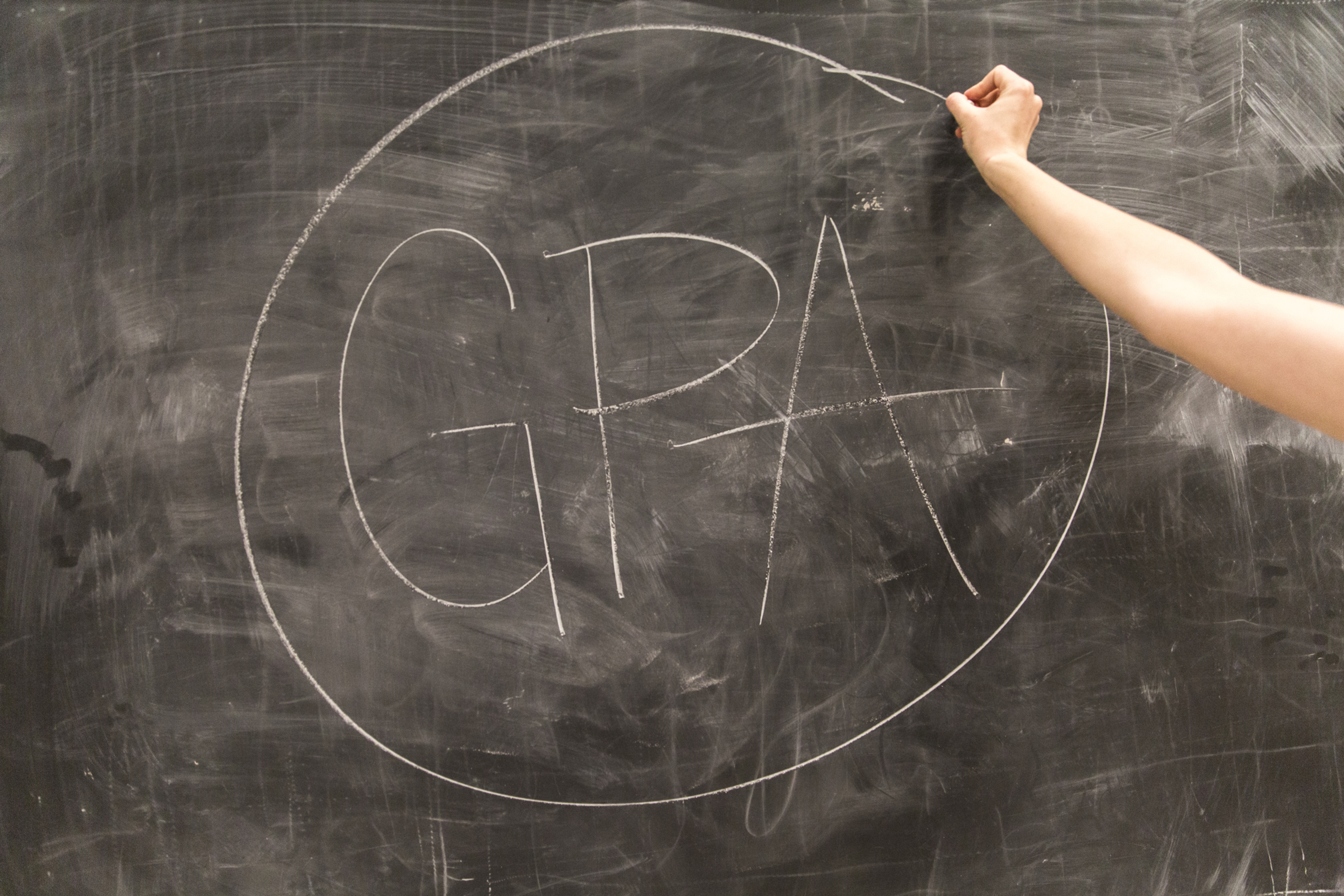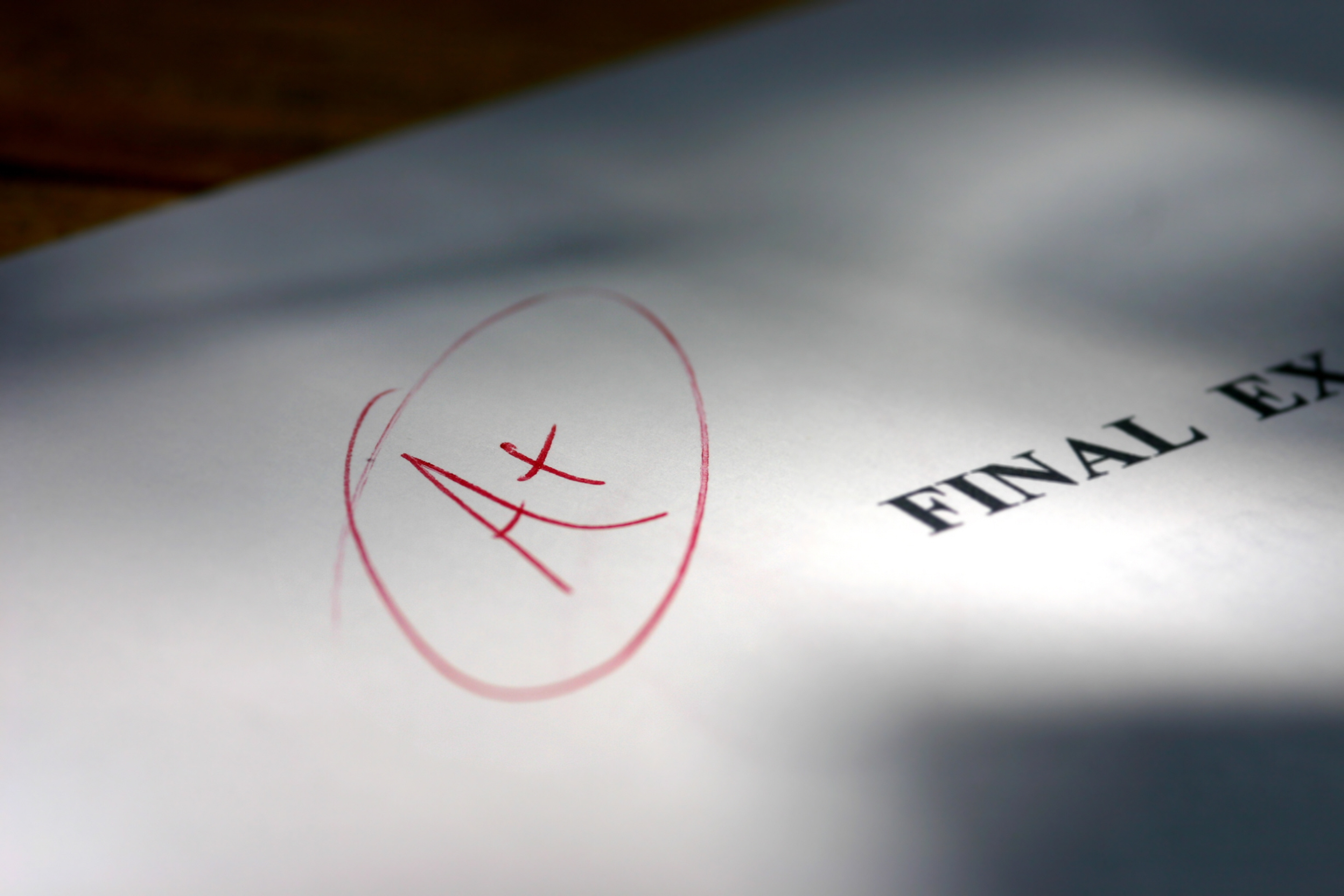Medical School Application Timeline: The Ultimate Guide (2025)
Master your medical school application timeline with key dates, tips, and strategies to boost your chances of early acceptance.
Posted July 15, 2025

Table of Contents
Applying to medical school is a rigorous and multi-step process that requires careful planning and a strategic timeline. A well-executed med school application timeline can help applicants manage each phase of the process efficiently, increasing their chances of acceptance. This guide offers an in-depth look at how to navigate the medical school application process, key deadlines to track, and strategies to prepare for every step.
Read: How to Get Into Medical School: The Complete Guide
Why a Strategic Med School Application Timeline Matters
Having a school application timeline in place is critical for aspiring physicians. Medical schools operate on rolling admissions, meaning applications are reviewed as they arrive. According to the Association of American Medical Colleges (AAMC), 43% of medical school applicants submitted their applications between June and July, increasing their chances of early consideration. Delays in submission can impact acceptance opportunities.
Applicants who start their application process early have a competitive edge, ensuring they meet all medical school application deadlines and stand out to admissions committees.
Example: Submitting a primary application by early June allows more time for secondary applications and interview invitations, maximizing the chances of acceptance.
A thoughtful approach to the medical school application timeline also prevents burnout. Space out preparation for the MCAT test dates, gather letters of recommendation, and continue completing secondary applications to manage workload effectively without compromising quality.
When to Start Planning for Med School Applications
To stay ahead, applicants should begin planning at least two years before their target enrollment year. This preparation timeline gives adequate room to excel in academics, gain meaningful clinical experience, and prepare for the MCAT.
Junior and Senior Years:
- Early spring - Begin preparing answers for the Medical College Admission Test (MCAT). Set a weekly study schedule with at least 10-15 hours of focused preparation to avoid cramming.
- Summer before senior year - Take the MCAT. According to AAMC data, applicants who scored 511 or higher on the MCAT had higher acceptance rates. Use this time to research medical schools and their admissions statistics.
- Senior year - Finalize application materials, such as the medical school personal statement, letters of recommendation, and the AMCAS application.
Helpful Tip: Use the AAMC's MSAR (Medical School Admission Requirements) database to identify target medical schools and understand their specific requirements.
About the Med School Application Timeline
The medical school application cycle is divided into distinct phases. Missing even one deadline can set back an applicant's progress.
Primary Application Submission
The primary application is submitted through services like the AMCAS application (for MD programs) or AACOMAS (for osteopathic medical schools). Most applicants submit in early June. For instance, a primary application submitted on June 1st can be verified and forwarded to medical schools by mid-June, giving applicants an early advantage.
A strong primary application includes:
- Personal statement. Highlight your unique motivation for becoming a physician and reflect on meaningful experiences.
- Letters of recommendation. Choose individuals who can provide insightful, detailed assessments of your qualifications.
- Extracurriculars. Emphasize clinical experiences, leadership roles, and research involvement.
Secondary Applications Arrive
Once the primary application is verified, medical schools will begin sending secondary applications to candidates they are considering. These applications often include school-specific essay prompts that allow applicants to elaborate on their motivations, experiences, and suitability for each program. To stay ahead, it’s wise to draft responses to common prompts, such as “Why this school?” or “Describe a challenge you’ve overcome,” before receiving secondaries. Having prepared essays allows for a quicker turnaround time, which is critical because submitting secondary applications within 7-14 days of receipt demonstrates genuine enthusiasm and organization to admissions committees.
Applicants can benefit greatly by tracking the arrival and deadlines of secondary applications that medical schools offer in a spreadsheet. Keeping an organized record of prompt and submission dates ensures no deadline is missed. This step is vital, as delays or missed submissions may signal disinterest or lack of preparedness, harming an applicant’s chances.
Scheduling Interviews
Medical schools begin inviting applicants for medical school interviews in the fall, and interviews often extend through the winter. This stage of the admissions process is a critical opportunity for medical schools to evaluate candidates beyond their GPAs, MCAT scores, and written applications. Thorough preparation is essential to leave a strong impression.
Applicants should conduct mock interviews with trusted mentors, pre-health advisors, or medical school coaches to practice responses to common questions. Understanding the interview format is equally important, as medical schools may use traditional one-on-one interviews or Multiple Mini Interviews (MMIs), where candidates rotate through short, timed scenarios. Researching a school’s specific interview style will help applicants prepare tailored responses and strategies.
Furthermore, applicants should be prepared to address any weaknesses or gaps in their application, such as low grades, limited clinical experience, or late or missing letters of recommendation. Transparency and a clear plan for improvement can demonstrate resilience and self-awareness, which are qualities admissions committees value.
Watch: How to Nail Your Medical School Interview
Admissions Decisions and Offers
Medical schools typically release admissions decisions and extend acceptance offers on a rolling basis, beginning in the winter months and continuing through spring. Applicants should stay vigilant, as final offers may arrive as early as January or as late as April, depending on the school’s review timeline.
Once an applicant receives an offer, it’s important to respond promptly to secure a spot. Schools often impose strict acceptance deadlines, and failure to reply within the given time frame may result in forfeiting the offer. Additionally, applicants holding multiple acceptances must carefully weigh their options and communicate decisions to schools in a professional and timely manner.
For accepted students, it’s crucial to finalize financial aid, housing arrangements, and any pre-enrollment requirements promptly to ensure a smooth transition into medical school. For those on waitlists, persistence can make a difference. Sending a letter of continued interest to reaffirm enthusiasm for a program can strengthen an applicant’s chances of being admitted should a spot become available.
Key Dates to Remember
Here are critical key dates and milestones to keep in mind during the medical school application season:
- January to April: Begin preparing for the MCAT test dates by allocating at least 3-6 months of dedicated study time. Develop a structured schedule with daily or weekly goals, and focus on understanding concepts rather than rote memorization. Use official AAMC practice tests to assess progress and adjust study strategies based on areas needing improvement.
- Early June: Apply the primary application method and submit as soon as the cycle opens. Early submission ensures the application is verified quickly, allowing medical schools to review it sooner. This is especially important for schools with rolling admissions, where early applicants have an advantage in securing interview invitations.
- June to September: Work diligently to complete secondary applications as soon as they arrive. Aim to return them within 7-14 days to demonstrate a strong interest in each program. Balance this with a complete interview practice for common questions to refine communication skills. Prioritize schools with earlier deadlines and maintain a checklist to track progress.
- September to February: Attend medical school interviews and continue strengthening your candidacy. Be punctual, professional, and well-prepared for every interview. After each one, send a concise thank-you email to express appreciation and reaffirm your enthusiasm for the program.
- March to April: Respond promptly to acceptance offers and finalize enrollment decisions. For applicants with multiple offers, carefully compare program curricula, financial aid packages, and locations to make an informed decision. If waitlisted, follow up with a letter of continued interest to communicate your commitment to attending if a spot becomes available.
Tips for Building a Strong Medical School Application
To stand out during the medical school application process, applicants must present a well-rounded profile that showcases academic excellence, clinical experience, and personal qualities.
Strong Academic Foundation
Academic performance is a cornerstone of a strong application. Aim for a GPA of 3.7 or higher, especially in science courses, as competitive medical schools prioritize applicants with a robust academic track record. In addition to excelling in coursework, applicants must dedicate ample time to MCAT preparation. Begin studying at least 3-6 months in advance, using official AAMC practice exams to gauge readiness and target areas for improvement. Competitive MCAT scores typically range above 511, aligning with successful applicant profiles.
Relevant Clinical Experience
Clinical experience is essential for demonstrating a commitment to the medical profession and gaining exposure to patient care. Applicants should aim to accumulate at least 100-150 hours of shadowing experience with physicians across multiple specialties to understand different areas of practice. Additionally, hands-on involvement in clinical settings—such as volunteering at hospitals, free clinics, or nursing homes—is invaluable for showcasing empathy, teamwork, and patient interaction skills. Practical experiences, such as scribing or working as a medical assistant, further strengthen an applicant's profile.
Compelling Personal Statement
The medical school personal statement is a critical opportunity to communicate a passion for medicine and share meaningful personal experiences. Applicants should craft a narrative that highlights unique qualities, motivations, and challenges that have shaped their desire to become a physician. To make the statement engaging, include specific anecdotes—such as a transformative volunteer experience or a pivotal interaction with a patient—that illustrate personal growth and dedication to the field. Seek multiple rounds of feedback from mentors, advisors, or medical school coaches to refine the statement’s clarity, tone, and impact.
Strong Letters of Recommendation
Well-chosen letters of recommendation provide admissions committees with valuable insights into an applicant’s character, work ethic, and suitability for medical school. Select recommenders who know you well and can speak to your academic abilities, leadership, and interpersonal skills, such as professors, research mentors, or clinical supervisors. Seek feedback, confirm letters early to avoid late or missing letters, and consider requesting a committee letter when available, as it offers a comprehensive evaluation of your qualifications. Providing recommenders with a clear personal timeline and summary of your goals ensures they write detailed, supportive letters that align with your application.
Conclusion
Successfully navigating the medical school application timeline requires early preparation, strategic planning, and consistent effort. From preparing for the MCAT test dates to completing secondary applications and excelling in medical school interviews, every step plays a crucial role in securing acceptance. By staying organized and mindful of deadlines, applicants can approach the rolling admissions process with confidence and clarity.
For those seeking additional support, working with top medical school coaches can provide personalized guidance to refine applications, improve interview skills, and maximize acceptance outcomes.
Read these next:
- The Different Types of Medical Careers – and Which One is Right for You
- DO vs. MD: Degree Differences in Education, Jobs & Salary
- How Long is Medical School – A Year-by-Year Breakdown
- The 25 Best Osteopathic Medical Schools
- The 20 Best Medical Schools in the US (T20): Acceptance Rates, MCAT Scores, & GPA
FAQs
What is the lowest MCAT score accepted into medical school?
- The lowest MCAT score accepted by most medical schools in the U.S. and Canada is typically in the range of 490-495. Scores below 490 are rarely if ever, accepted. It's important to note that while 490-495 is the minimum score accepted, the vast majority of applicants score well above this range.
Read: What's a Good MCAT Score? A Guide for Aspiring Doctors
How many letters of recommendation for medical school?
- In most cases, schools request a minimum of three recommendations: two from science professors and one from a non-science professor or an extracurricular supervisor.
What is the acceptance rate for UCLA medical school?
- With an acceptance rate of just 2.2 percent, getting into UCLA Medical School is incredibly competitive. For its 175 spots in each class, UCLA has received upwards of 14,000 applications in recent admissions cycles.
Read: UCLA Medical School: Application & Program Overview
Can I reuse letters of recommendation for medical school?
- Can I use the same letters of recommendation when reapplying to medical school? (Note: AMCAS does not retain recommendation letters from previous application cycles. Therefore, you'll need to resubmit letters you'd like to reuse.) You can indeed use past letters of recommendation as a reapplicant.
Does Harvard accept late letters of recommendation?
- All letters of recommendation must be received by the application deadline of the program to which you are applying. Deadlines for all programs can be found on our How to Apply webpage.
Read: Harvard Medical School: Admission Requirements and Application Process
Do med schools reject before secondaries?
- Many medical schools send secondaries to candidates as soon as they receive their applications. Others screen applicants before sending secondaries
Which GPA is the most important for medical school?
- A competitive GPA for medical school is generally 3.6 or higher. On average, successful matriculants — students who are accepted and enrolled — have higher GPAs than other applicants. These averages provide a good benchmark for what medical schools consider competitive.
How soon are secondaries sent out?
- The bulk of your secondaries will likely arrive within two weeks of the first application release to schools (the date varies by year, but typically late June), or two weeks after verification if you aren't verified by that release date.











